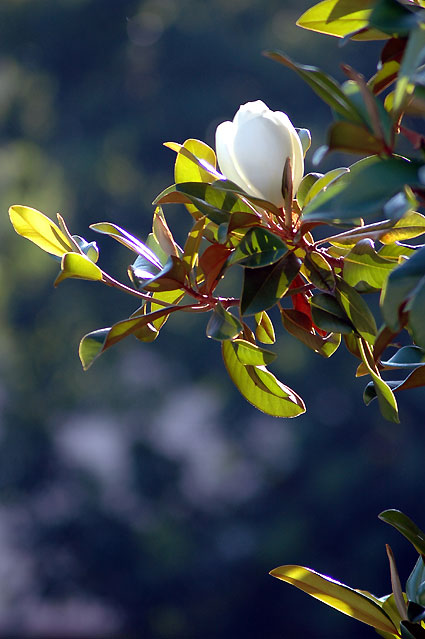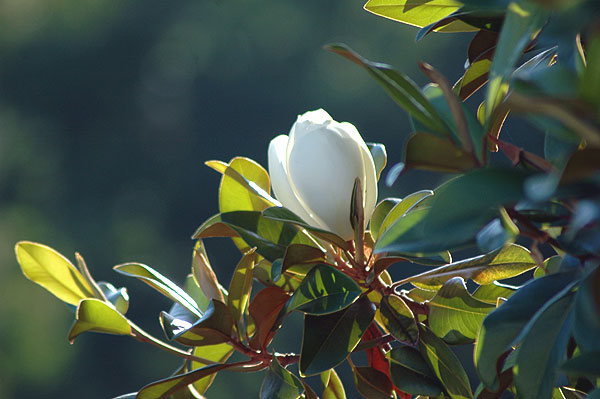In 1703 Charles Plumier (1646-1704) described a flowering tree from the island of Martinique in his Genera. He gave the species, that was locally known as 'Talauma,' the genus name Magnolia, after Pierre Magnol. The English botanist William Sherard, who studied botany in Paris under Joseph Pitton de Tournefort, a pupil of Magnol, was most probably the first after Plumier to adopt the genus name Magnolia. He was at least responsible for the taxonomic part of Dillenius's Hortus Elthamensis and of Catesby's famous Natural history of Carolina. These were the first works after Plumier's Genera that used the name Magnolia, this time for some species of flowering trees from temperate North America.
Linnaeus, who was familiar with Plumier's Genera, adopted the genus name Magnolia in 1735 in his first edition of Systema naturae, without a description but with a reference to Plumier's work. In 1753, he took up Plumier's Magnolia in the first edition of Species plantarum. As Linnaeus did never see a herbarium specimen (if there has ever been one) of Plumier's Magnolia and had only his description and a rather poor picture at hand, he must have taken it for the same plant as Catesby described in 1731 in his Natural history of Carolina and placed it in the synonymy of Magnolia virginiana var. foetida, the taxon now known as Magnolia grandiflora.
The species that Plumier originally named Magnolia was later described as Annona dodecapetala by Lamarck, and has since been named Magnolia plumieri and Talauma plumieri (and still a number of other names) but is now known as Magnolia dodecapetala.
So now you know.













